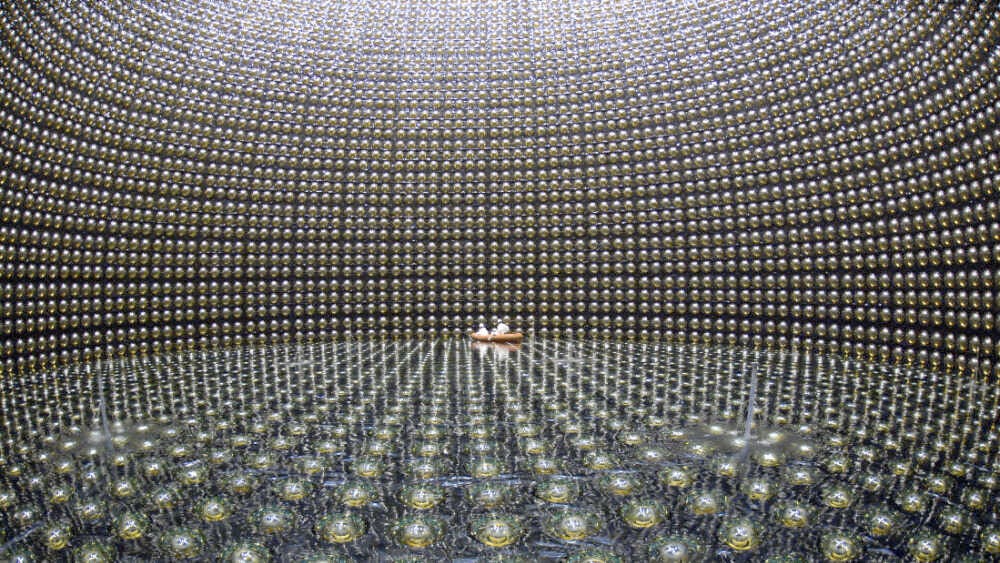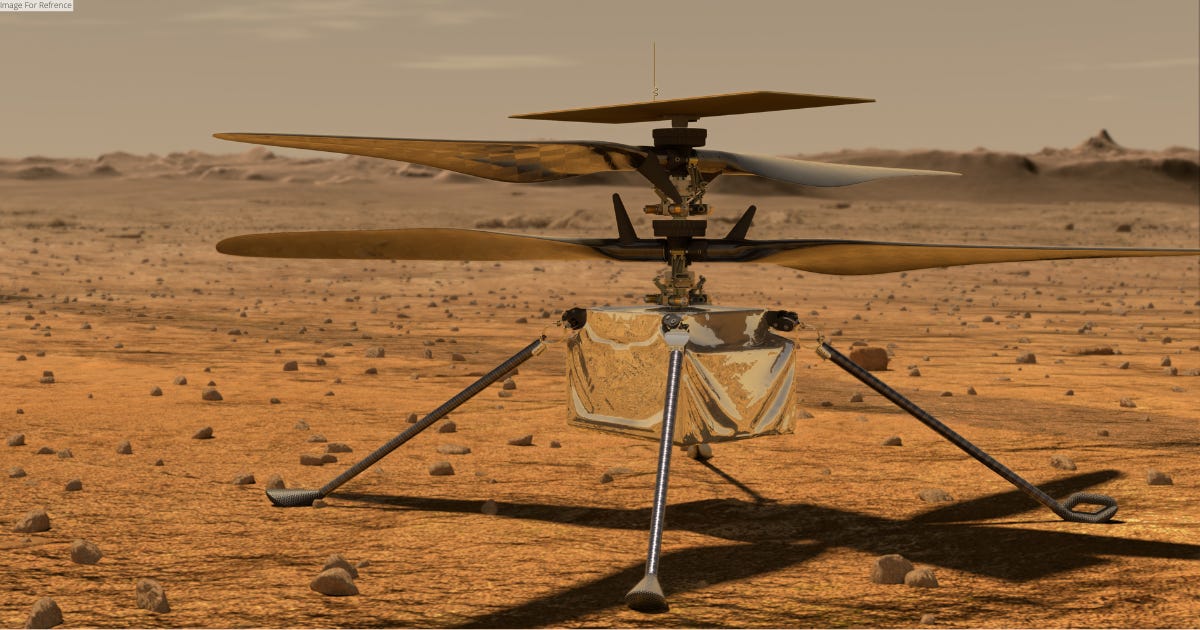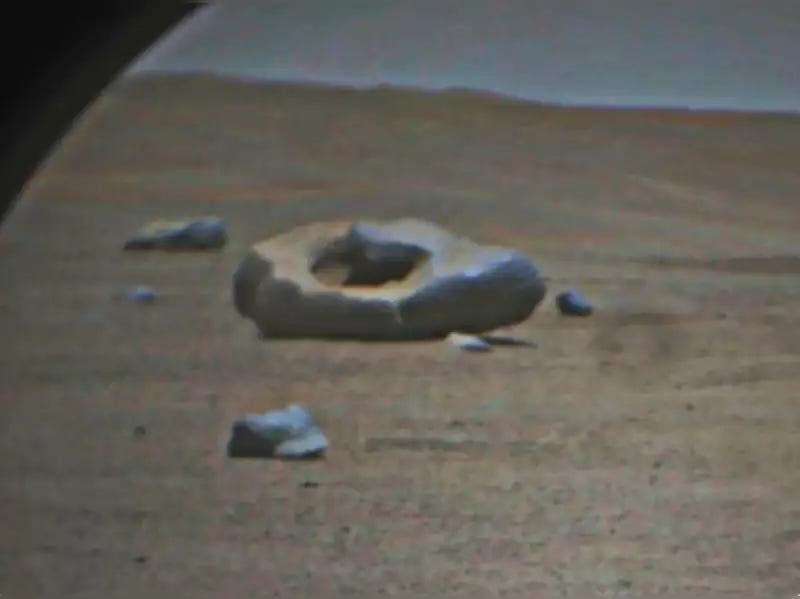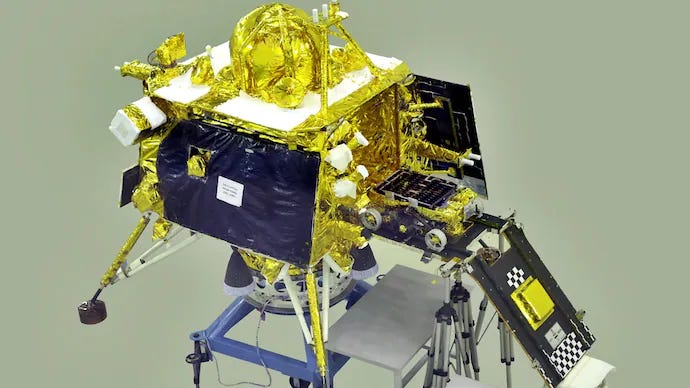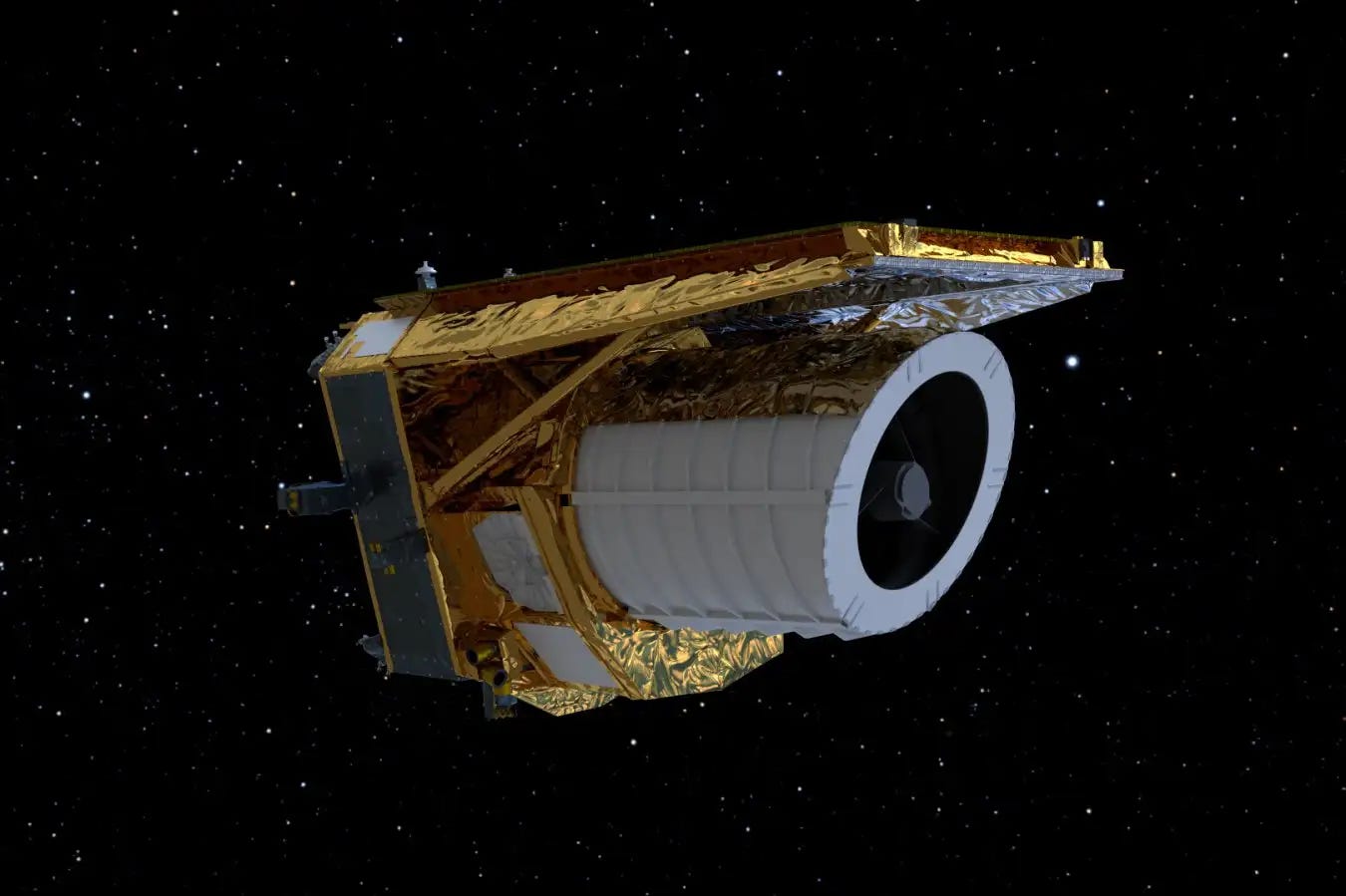Weekly- Scientists find high-energy neutrino emission from the milky-way and more
Weekly Space News - Quick and Easy
Scientists find high-energy neutrino emission from the milky-way
A large team of over 350 international scientists across the globe worked together and successfully detected high-energy neutrino emissions from our own galaxy, the milky way. Neutrino emissions are the release of tiny, electrically neutral particles called neutrinos during energetic events like nuclear reactions and supernova explosions. Neutrinos are difficult to detect because they interact weakly with matter, this is why it took 5,000 networked sensors buried deep under arctic ice. Neutrinos give us a lot of information about our galaxy and even the workings of the universe.
Ingenuity re-establishes contact with Earth
Recently NASA lost contact with its Mars helicopter ‘Ingenuity’. The main reason for this was that there was a Martian hill between the helicopter and the Perseverance rover on Mars. Since the Perseverance rover was the one acting like an information relayer between the chopper and mission control, radio contact was lost with the chopper. After an agonizing 2 months of waiting, NASA finally managed to re-establish radio contact with Ingenuity. And whats more? The chopper is in perfectly good condition!
Weird doughnut-shaped rock found on Mars
Last week the Perseverance rover on Mars found a quite weird and unusual rock on Mars. The new rock is in the shape of a doughnut and was found in the delta of the Jezero crater. The origins and composition of the rock are unknown right now.
Chandrayan-3 prepares for launch
ISRO’s Chandrayan-3 moon mission is being prepared for its launch in the second week of July. The mission rover called ‘Pragyan’ has already been assembled and is being loaded onto the rockets payload fairing.
Euclid telescope launched successfully
Last week, ESA’s Euclid telescope was successfully launched into outer space by SpaceX’s Falcon-9 rocket. The Euclid telescope is a highly powerful telescope designed for studying dark matter (A substance that makes up 95 percent of the universe and is hard to observe as it does not react with light). The telescope is equipped with powerful sensors that help it focus on the near-infrared wavelengths (a feature that makes James Webb so powerful). Euclid is a state-of-the-art telescope and we can expect awesome scientific breakthroughs from it!
.


